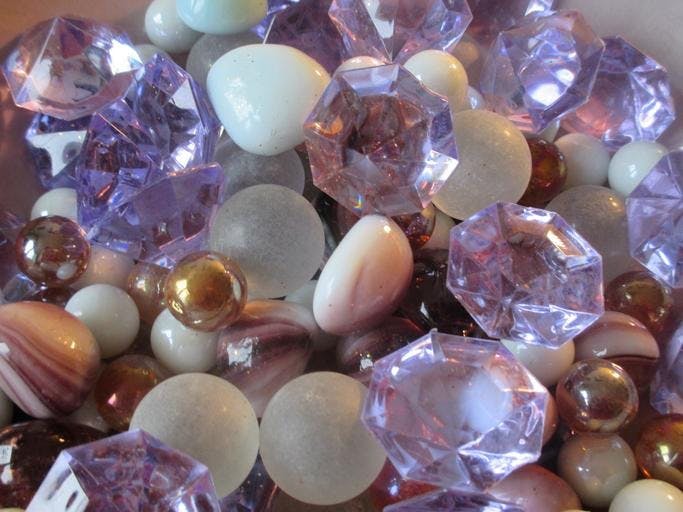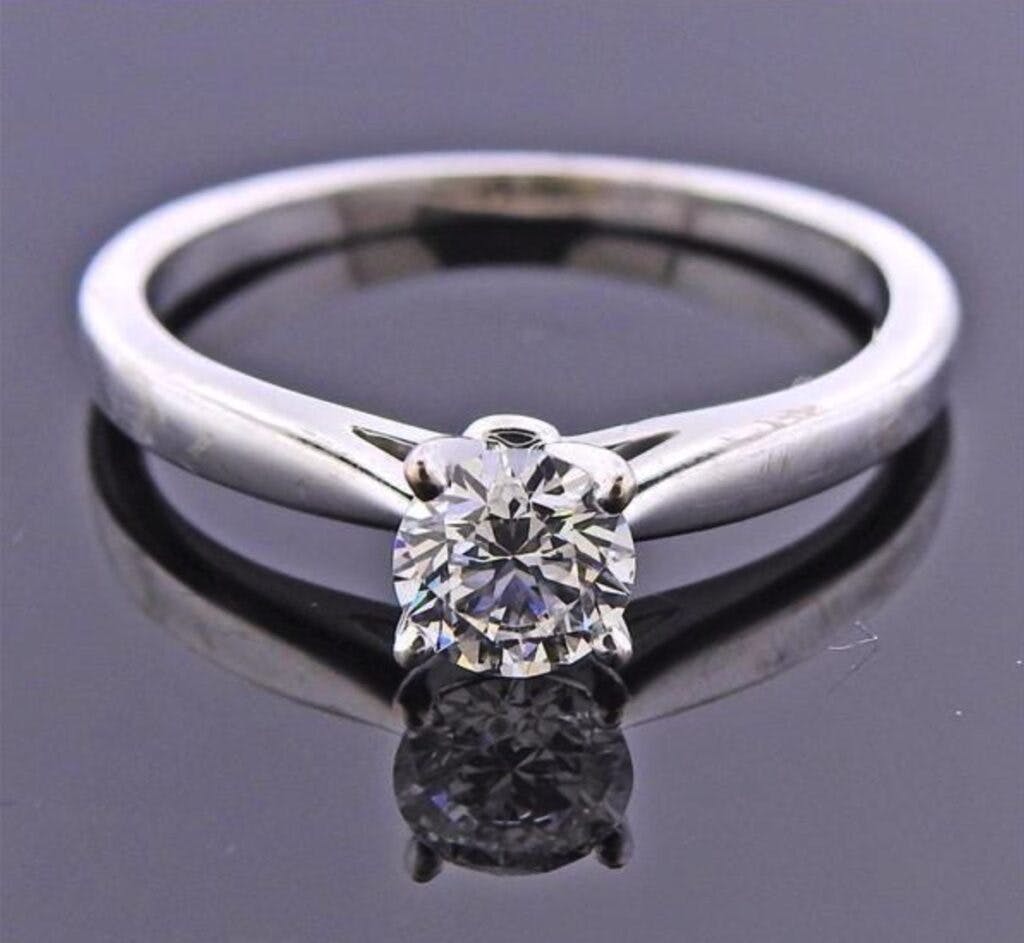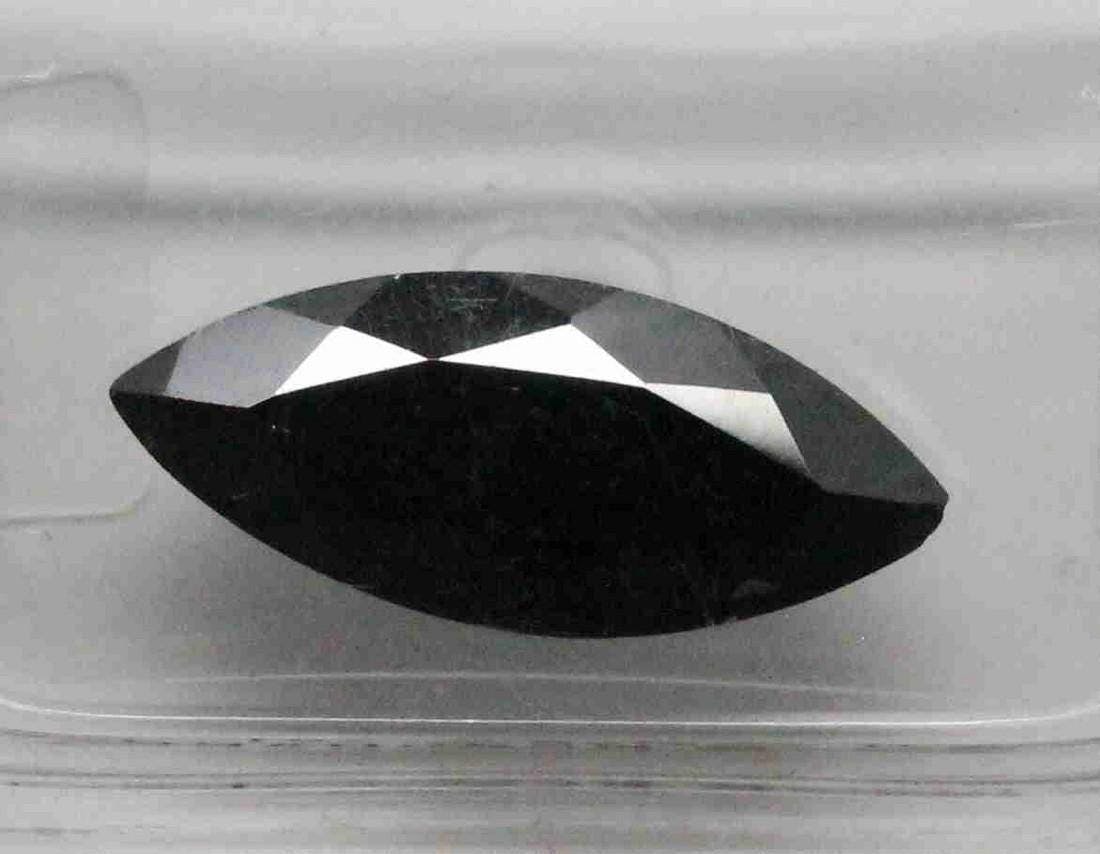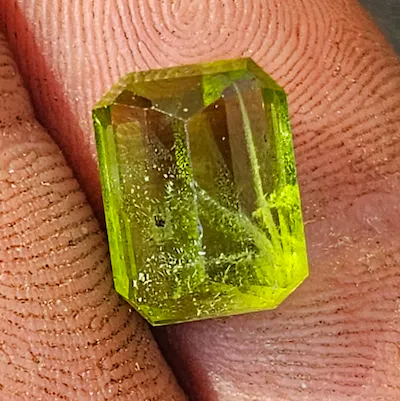News
Lab-Grown Diamonds Evaluated Using Same Grading Standards as Natural Diamonds
Lab-grown diamonds have been making waves in the jewelry industry, offering a more sustainable and affordable alternative to natural diamonds. But how do these man-made gems stack up against their natural counterparts? Well, you’ll be pleased to know that lab-grown diamonds are actually evaluated using the same grading standards as natural diamonds. This means that when it comes to determining the quality and value of the stones, the Four Cs system, which was developed by Robert M. Shipley in 1953, is applied to both lab-grown and natural diamonds. In fact, the Gemological Institute of America (GIA) has been grading lab-grown diamonds since 2007 and now offers full grading reports for both types. So, whether you’re considering a colorless or fancy colored lab-grown diamond, rest assured that their quality and characteristics are evaluated in line with industry standards.

Lab-Grown Diamonds and Natural Diamonds
When it comes to lab-grown diamonds, you may have many questions. How are they graded? Are they comparable to natural diamonds? Well, you’re in luck! Lab-grown diamonds are evaluated using the same grading standards as natural diamonds. This means that you can have peace of mind knowing that the quality and value of lab-grown diamonds are assessed just as rigorously as their natural counterparts.
The Four Cs System
In order to understand how lab-grown diamonds are graded, it’s important to familiarize yourself with the Four Cs system. This system was developed in 1953 by Robert M. Shipley, the founder of the Gemological Institute of America (GIA). The Four Cs stand for color, clarity, cut, and carat weight, and these factors play a significant role in determining the overall quality and value of a diamond.
GIA’s Role in Grading
Speaking of the GIA, it’s worth mentioning that this esteemed institution has been grading lab-grown diamonds since 2007. With their expertise and experience in diamond grading, the GIA is a trusted authority in assessing the quality of both lab-grown and natural diamonds. Whether you’re looking for a lab-grown diamond or a natural one, you can rely on the GIA’s grading reports to provide you with valuable insights.
Major Gem Labs
Now that you understand the role of the GIA, let’s explore some other major gem labs that can grade lab-grown diamonds. These labs include the American Gem Society (AGS), International Gemological Institute (IGI), HRD Antwerp, and Gem Certification and Assurance Lab (GCAL). Each of these institutions follow rigorous grading standards and provide detailed reports that can help you make an informed decision when purchasing a lab-grown diamond.
Importance of Grading Reports
Grading reports are paramount when it comes to lab-grown diamonds. They serve as a reliable source of information and give you a clear understanding of the quality and value of the diamond you are considering. These reports not only provide detailed information about the Four Cs, but also highlight any distinguishing characteristics and provide a comprehensive assessment of the diamond’s overall condition.
Determining Quality and Value
Grading reports are essential for determining the quality and value of lab-grown diamonds. They enable you to understand the diamond’s color, clarity, cut, and carat weight, and compare it to industry standards. By having access to this information, you can confidently evaluate different lab-grown diamonds and make an informed purchase that aligns with your preferences and budget.
Comparing Lab-Grown and Natural Diamonds
Grading reports also allow you to compare lab-grown diamonds with their natural counterparts. You can assess how lab-grown diamonds fare in terms of color, clarity, cut, and carat weight compared to naturally-formed diamonds. This knowledge empowers you to make a decision that suits your personal style and values. Whether you choose a lab-grown diamond or a natural one, the grading report will be your go-to resource for evaluating and comparing different options.
Color Grading of Lab-Grown Diamonds
Color is one of the most important factors when it comes to determining the quality of a diamond. Lab-grown diamonds can be found in both colorless and fancy colored varieties, offering a wide range of options to suit any taste or preference.
Colorless and Fancy Colored Varieties
Lab-grown diamonds come in various colors, ranging from colorless to fancy colors like blue, yellow, and pink. The ability to produce diamonds in different hues is a significant advantage of lab-grown diamonds, as it allows you to express your unique style and individuality. Whether you prefer a classic, colorless diamond or a vibrant fancy-colored diamond, lab-grown diamonds offer a plethora of choices.
GIA Color Grading System
To assess the color of lab-grown diamonds, the GIA employs a standardized color grading system. This system is used for both synthetic and natural colorless diamonds, providing consistency and accuracy in evaluating the color quality of lab-grown diamonds. The grading scale ranges from D (colorless) to Z (light yellow or brown), with each grade reflecting a specific range of color. This system ensures that you can make an informed decision based on the color grading of a lab-grown diamond.

Cut Grading of Lab-Grown Diamonds
The cut of a diamond refers to its proportions, symmetry, and finish, and it plays a crucial role in the diamond’s brilliance and sparkle. When it comes to lab-grown diamonds, the same standards used for natural diamonds are applied to assess the cut quality.
Same Standards as Natural Diamonds
The GIA and other reputable gem labs apply the same standards to grade the cut of lab-grown diamonds as they do for natural diamonds. This means that you can expect lab-grown diamonds to be assessed using the same criteria of excellent, very good, good, fair, and poor. The cut of a lab-grown diamond directly impacts its overall beauty, so having access to a thorough grading report can help you find a well-cut stone that will shine brilliantly.
Popularity of Round Brilliant Cut
Among the different cuts available for lab-grown diamonds, the round brilliant cut is particularly popular for colorless stones. This classic cut maximizes the diamond’s brilliance and fire, showcasing its stunning optical properties. With its timeless appeal, the round brilliant cut is a favorite choice for many who seek a lab-grown diamond that radiates beauty and elegance.
Clarity Grading of Lab-Grown Diamonds
Clarity refers to the presence or absence of inclusions and blemishes within a diamond. Lab-grown diamonds often receive higher clarity grades compared to natural diamonds due to the controlled environment in which they are created.
Likely Higher Clarity Grades
Because lab-grown diamonds are created in a controlled setting, they are less likely to have inclusions and blemishes compared to diamonds formed naturally in the earth. This means that lab-grown diamonds often receive higher clarity grades, giving you the opportunity to purchase a diamond with excellent clarity at a more affordable price point.
Inclusions in Lab-Grown Diamonds
While lab-grown diamonds generally have fewer inclusions, it’s important to note that they can still contain them. Inclusions can occur during the growth process or as a result of handling and cutting the diamond. It’s therefore essential to carefully review the grading report to understand the specific characteristics of the diamond and ensure that it meets your personal standards of clarity.

Carat Weight of Lab-Grown Diamonds
The carat weight of a diamond refers to its size and is often equated with its value. Lab-grown diamonds offer a wide availability of large carat weights, allowing you to find a stunning stone that fits your desired size.
Large Carat Weight Availability
One advantage of lab-grown diamonds is that they can be grown to achieve larger carat weights without the same constraints as natural diamonds. This means that you have more options available to you when it comes to selecting the size of your lab-grown diamond. Whether you’re looking for a delicate and understated stone or a bold and eye-catching centerpiece, lab-grown diamonds provide flexibility in finding the perfect carat weight for your jewelry.
Affordability of 1 to 3 Carat Synthetics
Lab-grown diamonds between 1 and 3 carats are particularly popular due to their affordability compared to natural diamonds. While larger natural diamonds can come with a hefty price tag, lab-grown diamonds offer a more budget-friendly option for those seeking a substantial carat weight. This affordability allows you to make a statement with a larger lab-grown diamond without compromising on quality or style.
In conclusion, lab-grown diamonds undergo the same rigorous grading standards as natural diamonds, ensuring that you receive a quality stone that meets your expectations. By familiarizing yourself with the Four Cs system and relying on reputable gem labs such as the GIA, AGS, IGI, HRD Antwerp, and GCAL, you can confidently evaluate and compare lab-grown diamonds. Whether you are considering the color, cut, clarity, or carat weight, grading reports provide valuable insights that aid you in making an informed decision. So, when it comes to lab-grown diamonds, you can rest assured that they offer a high-quality alternative to natural diamonds, while also providing unique advantages in terms of color variety, affordability, and larger carat weights. Happy diamond shopping!





